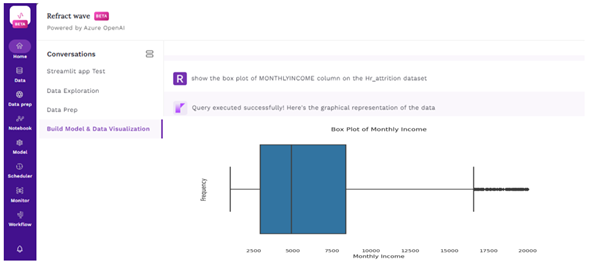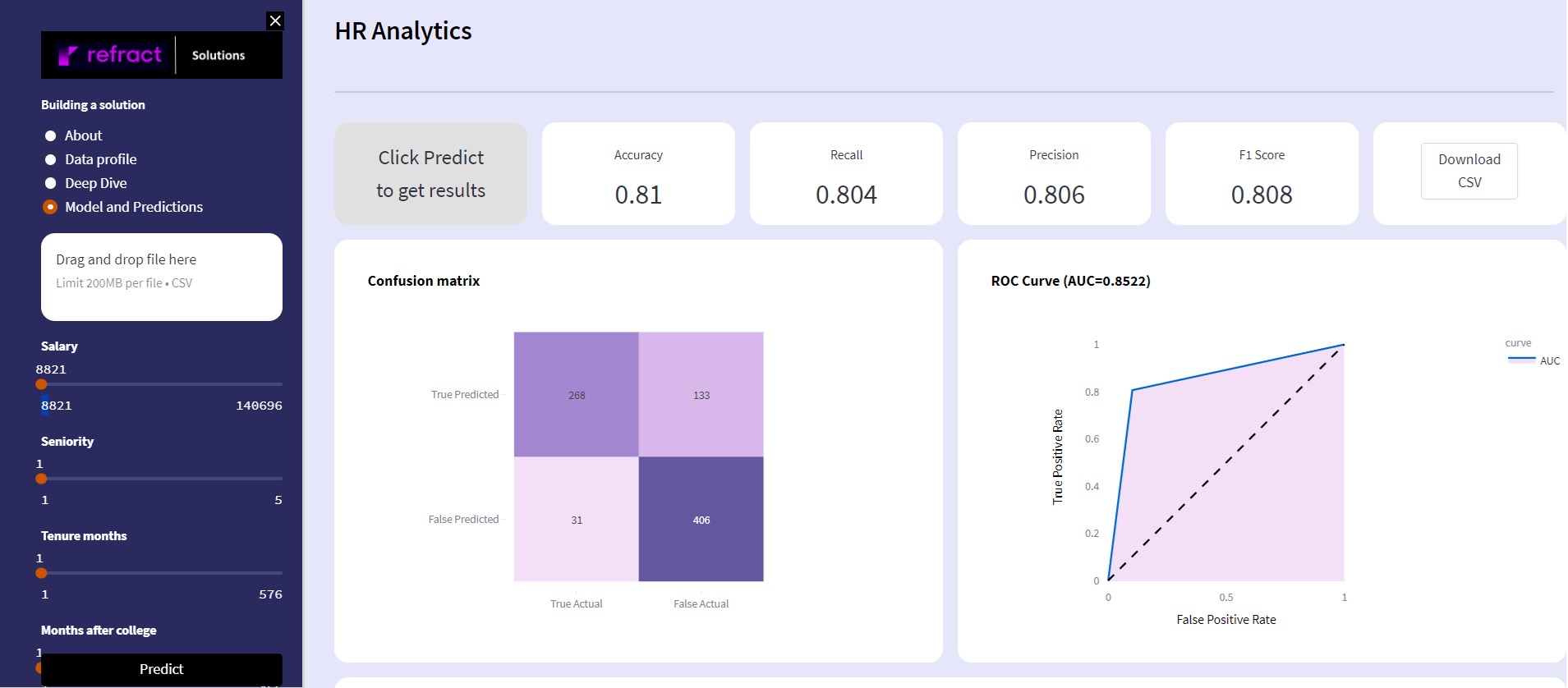 Reading Time: 4 minutes
Reading Time: 4 minutesIntroduction
Generative AI has now become a bare necessity for any business across industries. Leading organizations are rapidly discovering the potency of integrating Generative AI for enabling analytics, shrinking innovation cycles, and standardizing processes across global operations, among other benefits. Realizing their AI projects’ absolute value and moving beyond POC to production requires effective collaboration across stakeholders and flexible and scalable infrastructure. Organizations understand the need to have a clear AI strategy, diverse teams, and ethical frameworks built into their AI to scale effectively.
A guide for enterprises to strategically scale AI initiatives
Since ChatGPT took the world by storm, we have seen impressive usecases for Generative AI’s ability to unleash creativity, approach problem-solving from new angles, and analyze data through different lenses. Here are some initial strategies and considerations for large organizations that want to deploy Generative AI across the various facets of their operations:
- Democratize AI education for all teams: To deploy Generative AI effectively across facets of their operations, large organizations should prioritize educating all teams and not just developers. It is essential to ensure that every team member understands the potential of AI in unleashing creativity, approaching problem-solving from new angles, and analyzing data through different lenses. Organizations can drive innovation and reap the full benefits of Generative AI by implementing this learning exercise effectively.
- Build mind share for innovation: Creating a space for innovation is essential for deploying Generative AI in large organizations. It allows teams to experiment with AI-powered solutions to tackle complex challenges, which can foster a culture of innovation and help organizations unlock new opportunities. By encouraging and empowering their teams to think outside the box, leaders can generate new ideas, approaches, and perspectives that lead to faster innovation, and ultimately better outcomes for their organization.
- Identify and track innovation footprints across existing internal processes: Reviewing internal processes and adapting them for more rapid innovation is another crucial consideration for large organizations that want to deploy Generative AI. This involves identifying areas where AI-powered solutions can improve efficiency, reduce costs, or enhance customer experiences. Organizations can accelerate innovation and stay ahead of the competition by streamlining processes and leveraging AI technology. Leaders should foster cross-functional collaboration, experiment with new technologies, and cultivate a culture of continuous improvement.
- Build a Generative AI strategy that complements an ROI mindset: Crafting a Generative AI strategy is a critical step for large organizations to realize ROI (Return on Investment) quickly. This involves streamlining expectations and setting clear goals and objectives, identifying potential use cases, and selecting the right tools and complementing technologies to achieve those goals. By crafting a well-defined strategy, organizations can ensure they are making the most of their investment in Generative AI and seeing results quickly. It is also essential to regularly review and update the strategy to ensure that it remains aligned with the organization’s evolving needs and priorities.
- Finalize and launch use cases with authority: A commitment to launching and using usecases is the final step in deploying Generative AI in large organizations. Identifying and prioritizing the use cases that align with the organization’s goals and objectives and showcase a potential to deliver tangible benefits is essential. By starting with small, focused projects and gradually scaling up, organizations can minimize risks and maximize the impact of Generative AI. It is crucial to engage stakeholders throughout the process, from the ideation to the final implementation, to guarantee that the product satisfies their requirements and anticipations. By committing to usecases and deploying them, companies can unlock the complete potential of Generative AI and maintain a competitive edge in their respective industries.
Strategically leverage Generative AI assets to scale enterprise AI initiatives
Refract, the Fosfor Decision Cloud’s Insight Designer is an ML platform built for enterprises, which supports a multi-persona environment (Data Scientists, ML engineers, and others). All the stakeholders working on AI/ML can coherently work from Refract and collaborate. Refract also extends Generative AI features to accelerate adoption and value. Refract Wave, the newest capability, brings Gen AI capabilities to help Data Scientists and ML engineers with faster data onboarding and effortless execution of ML pipelines.
The following is an example to understand Refract Wave’s capabilities.
Predicting employee attrition in the healthcare industry using Refract Wave
Attrition has always been a significant concern in any organization. This case study will help you understand how Refract Wave identifies important factors that might influence determining which employee might be looking to leave or otherwise. With Refract Wave, depending upon the user persona, users can quickly and effortlessly accomplish their goals, such as data onboarding, data exploration, building scalable ML pipelines, explaining the critical features contributing to the output, and deploying the model. This new feature-capability utilizes the expansive potential of LLMs and prompt engineering, offering end-users the advantage of scaling their solutions quickly using simple English language prompts, thereby breaking the technical coding barrier across various user personas.
Here is a glimpse of the end-to-end solution for employee attrition in action:
Step 1: Loading the dataset from Snowflake Database using the prompt, “Fetch the HR_attrition dataset.” (Fig. 1)

Fig. 1: Fetching the HR_attrition dataset in Refract Wave
Step 2: Data Exploration is a crucial step in the data analysis process to gain insights, identify trends, and detect anomalies to make informed decisions before proceeding with more in-depth analysis or modeling. Using Refract Wave’s capabilities, Data Scientists can perform data exploration relatively faster using prompts.
As shown in Fig. 2, using the prompt, “Get the data of AGE>30 in the column AGE in HR_attrition dataset,” helps Data Scientists to filter the data using a condition AGE>30 to understand and gain insight about the attrition pattern for a specific age group.

Fig. 2: Filtering the HR_attrition dataset using a specific condition, age>30.















